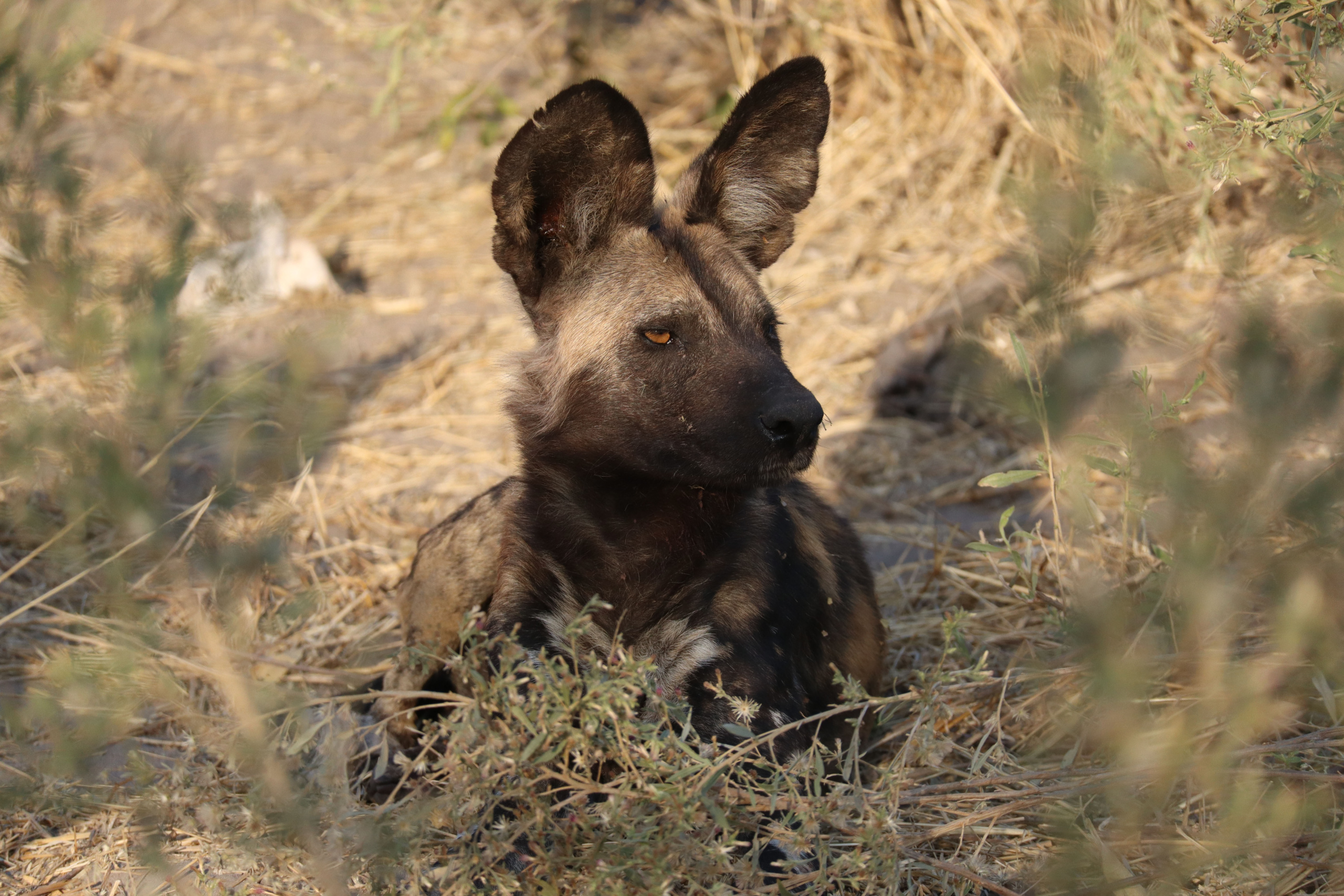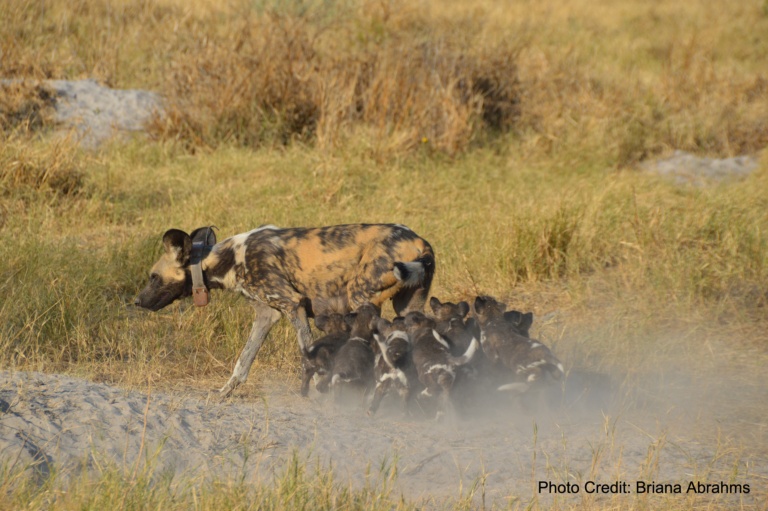
Excerpt from the abstract:
Here, we examined the spatial behaviour of two sympatric large carnivore species exhibiting intense intraguild competition—lions and African wild dogs—to investigate whether intraguild competition mediates large carnivore responses to human disturbance in support of the anthropogenic refuge hypothesis. We found that lions consistently avoided human-dominated areas. Similarly, we found that wild dogs generally avoided human-dominated areas, but this pattern reversed when in areas of high lion-encounter risk. Such results reveal that the ecology of fear, and in particular the anthropogenic refuge hypothesis, extends beyond traditional predator–prey relationships to competing top predators within a large carnivore guild. Furthermore, our study suggests that intraguild variation in responses to human disturbance may be an emerging niche axis that facilitates coexistence between competing species within the same guild.
Authors: Abrahms, B., Rafiq, K., Nisi, A., Jordan, N.R., Wilson, A., Loveridge, A., Kotze, R., Sousa, L.L., and McNutt, J.W.
Journal: Proceedings of the Royal Society B
DOI: https://doi.org/10.1098/rspb.2024.2835
Photo credit: Leigh West


